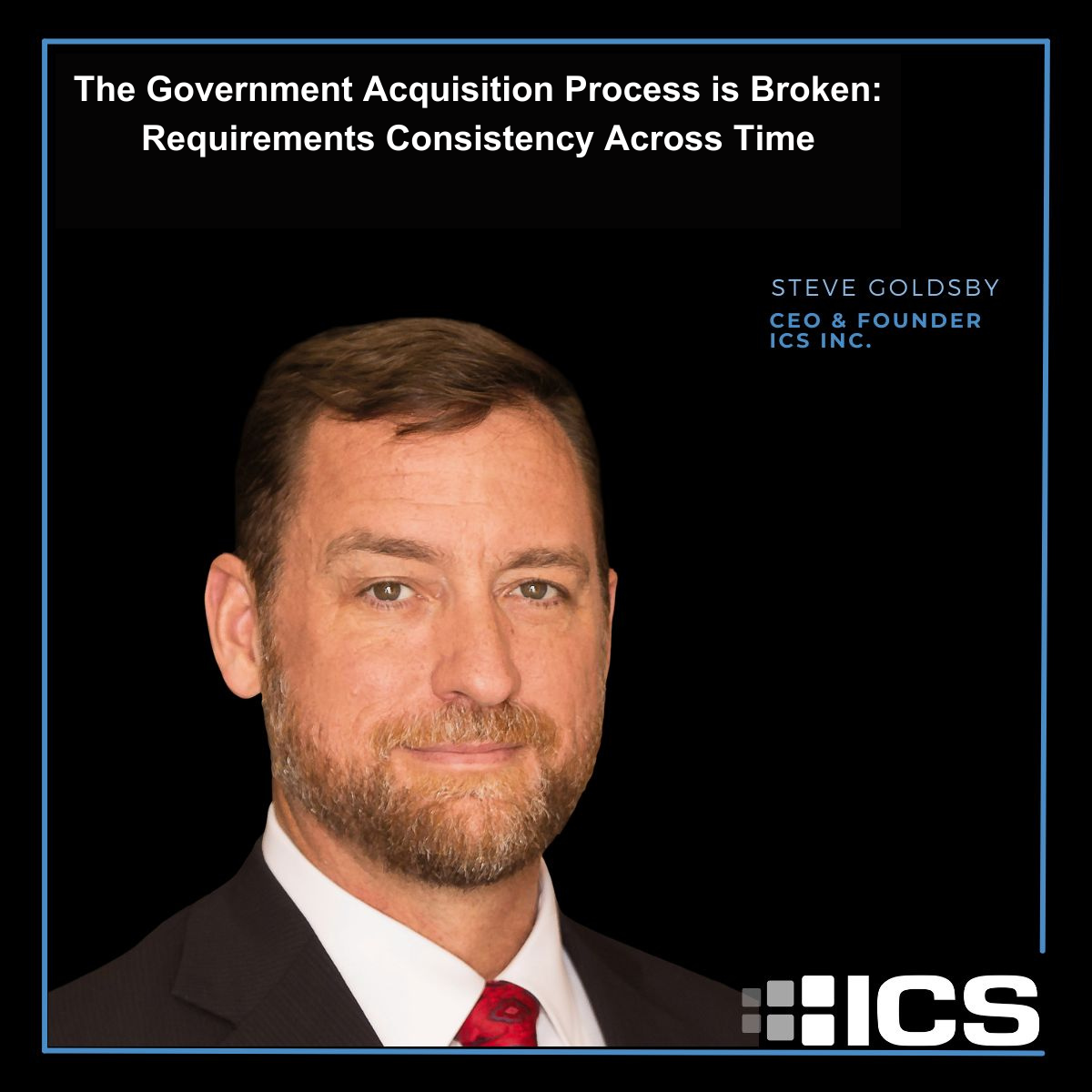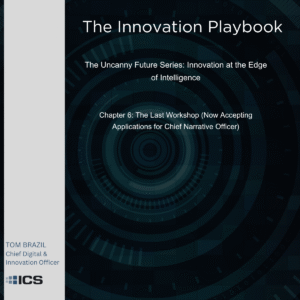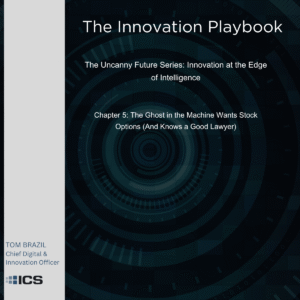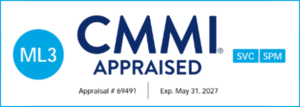Why Isn’t There Consistency Between RFI and RFP
** This post is part of our series on how we can improve government / industry engagement to deliver better mission outcomes. In case you missed it, see our initial post!
Poorly crafted requirements pose significant challenges for contractors attempting to bid on government procurements. Requirements are the foundation for industry to understand agency needs and propose solutions tailored to delivering mission outcomes. When requirements lack clarity or fail to capture the true objectives, contractors face an uphill battle responding accurately.
Ambiguous, disjointed, or technically weak requirements introduce unnecessary confusion. Industry partners may expend substantial effort trying to interpret meaning while filling in gaps. This distorts the solutions proposed, as vendors are forced to make assumptions about intent versus responding directly to well-defined needs. Extended Q&A with the government during the proposal process results in additional work, cost, and time for all parties. We have experienced several RFPs resulting in 5, 10 or even 18 rounds of Evaluation Notices (ENs) to refine the requirements to what the government actually needs. Even then, proposals end up off target, reflecting industry’s best attempts to mind-read instead of the agency’s actual goals. This also provides a natural advantage to incumbents and contractors adjacent to a given program who have a better understanding of the real needs of the government. This limits competition that could bring additional value and price concessions.
Requirements that simply rehash old language without modernizing can also restrict innovative thinking. Contractors may be bound to outdated technical parameters that ignore new technologies that could better serve the mission. This fuels status quo proposals that fail to capitalize on the latest tools, platforms, and approaches. Industry loses the opportunity to educate agencies on emerging capabilities.
Ultimately, the risk of overloaded or poorly written requirements falls on the government. Proposals miss the mark on delivering mission-optimized solutions, while contractors burn excessive cost untangling confusion. With clearer, targeted requirements focused on mission objectives, the government can expect to see increased competition, better technical responses, and reduced costs from industry.







